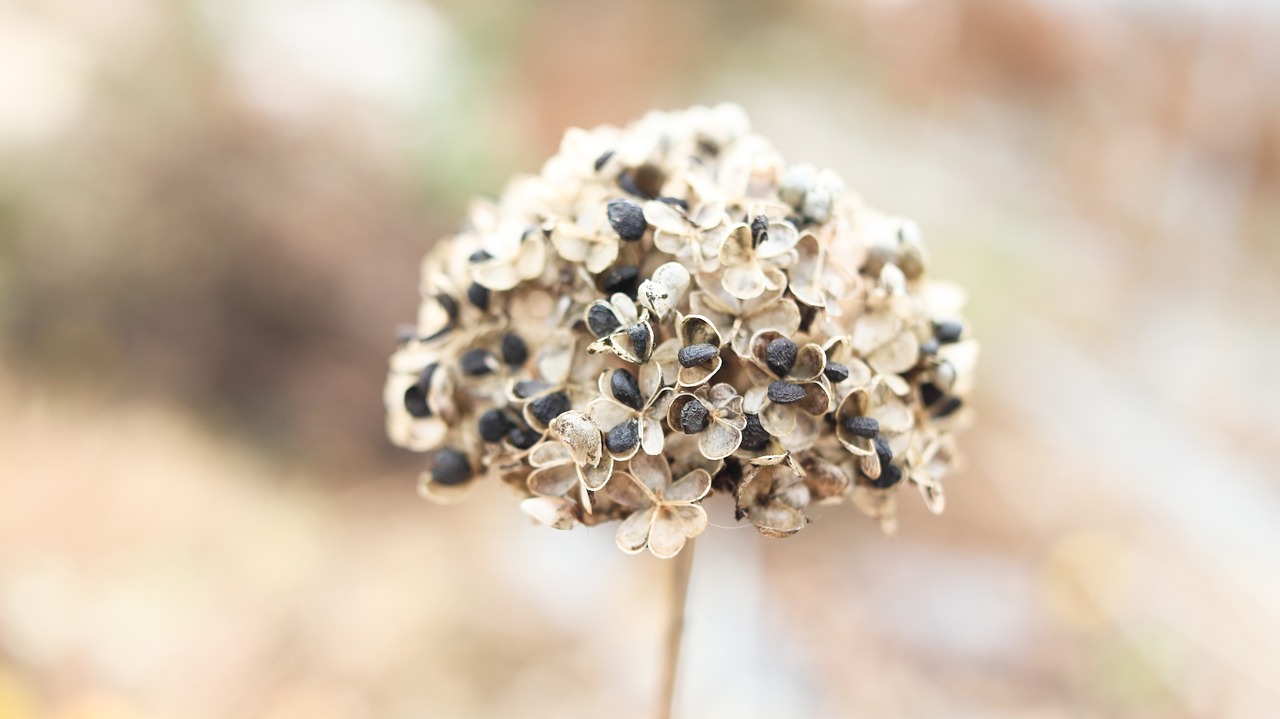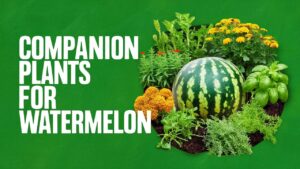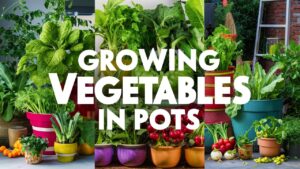This guide will walk you through the process of harvesting onion seeds, from selecting the right onions to ensuring a successful seed-saving process.
Choosing the Right Onion Varieties
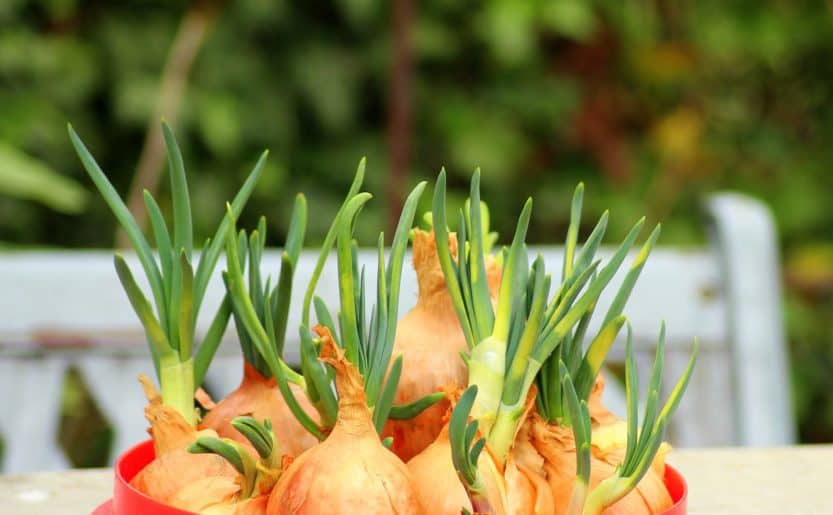
Before you can harvest onion seeds, it’s essential to choose the right varieties. There are three main categories of onions:
Bulb Onions: Common in many kitchens, these onions are typically harvested for their bulbs.
Green Onions: Also known as scallions, these are more about the green tops than the bulbs.
Storage Onions: Grown for long-term storage, these can also produce seed.
When selecting onions for seed-saving, consider heirloom or open-pollinated varieties. These types are more likely to breed true, meaning that the seeds will grow into plants similar to their parent onions.
Preparing Your Onions for Seed Production
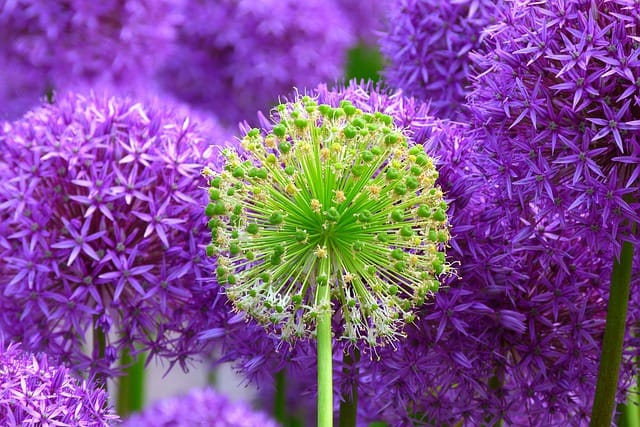
Allow Onions to Flower: To produce seeds, allow some of your onions to go to seed. This requires patience! After you harvest your onions, select a few healthy, desirable bulbs and replant them the following spring.
Spacing: When planting the onions intended for seed production, ensure they are spaced adequately. This allows for good air circulation and reduces the risk of diseases.
Nurturing Your Plants: Throughout the growing season, care for these onions just like any other plant. Water them adequately, and keep an eye out for any pests or diseases.
Flowering Stage: Onions will begin to flower after several months. This is your cue that you’re on the right track. Onion plants typically produce round flower clusters called umbels.
When to Harvest Onion Seeds
Timing is crucial when it comes to harvesting onion seeds. Here are some signs to watch for:
Flower Maturity: When the flowers begin to dry out and turn brown, it’s usually time to harvest the seeds. Ensure that the flowers have fully opened for pollenization before they start to dry.
Seedheads: The seed heads should feel dry to the touch. If they are still soft and green, give them more time.
Weather Considerations: If you live in a region with wet weather, it’s best to harvest the seed heads before they experience excessive moisture, which can lead to mold and spoilage.
How to Harvest Onion Seeds
Cutting the Seedheads: Use sharp scissors or pruning shears to cut the seed heads from the stem of the onion plant. Leave a few inches of stem attached for easy handling.
Drying: Place the cut seed heads in a paper bag or a well-ventilated area out of direct sunlight to finish drying. Ideally, allow them to dry for about 1-2 weeks.
Extracting Seeds: Once the seed heads are completely dry, gently crumble them to release the seeds. You can do this by rubbing them between your fingers or tapping them against a container.
Removing Chaff: After extraction, remove any remaining plant material. You can use a fine sieve or simply blow away the chaff; just be careful not to lose any seeds.
Storing Onion Seeds
Once you have your seeds, proper storage is essential for maintaining their viability:
Container: Store your seeds in a cool, dry place. Use airtight containers, such as glass jars or sealed envelopes, to prevent moisture from affecting them.
Label: Always label your containers with the variety name and the date of harvest. This helps you keep track of the seeds for future planting.
Shelf Life: Onion seeds typically remain viable for about 1-2 years. Plan to use them within this timeframe for the best results.
Tips for Successful Seed Saving
Isolation: To ensure that your onions do not cross-pollinate with other varieties, consider isolating your onion plants. This can be done by planting them in different areas or using physical barriers.
Rotate Crops: Practice crop rotation with your onions to maintain soil health and reduce the risk of diseases.
Gather Rainwater: Using collected rainwater for your onions can enhance growth and flavor.
Conclusion
Harvesting onion seeds is a gratifying process that can enrich your garden and improve your self-sufficiency. By following the steps outlined in this guide, you can successfully produce and save your own onion seeds for future planting. Not only does this practice create a connection to your garden and its cycles, but it also allows you to cultivate a variety of onions tailored to your tastes and needs.


